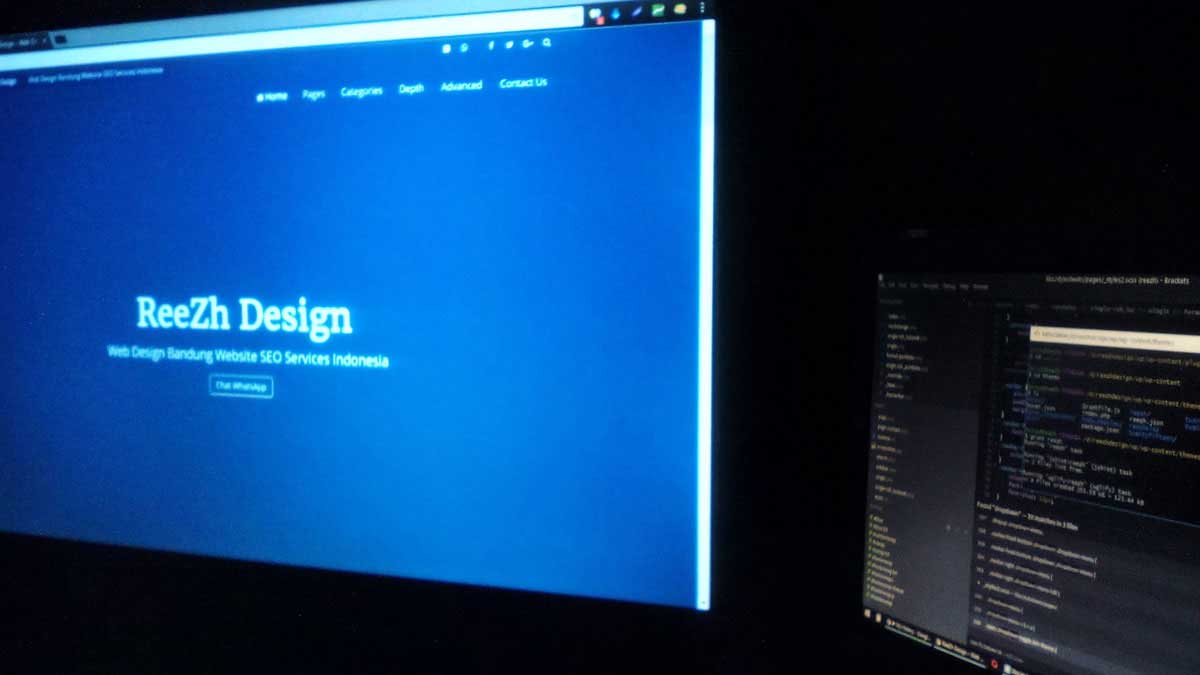Accessibility and the Website
in Web Design (submitted 2012-08-16)
The crux of web designing is its accessibility. If a website is not accessible to all users, then it will fail to reach its desired audience and subsequently the company will suffer a loss of income. The website design Sydney companies strive to make websites designed by them accessible to maximum people as possible.
Applets, plug-ins and PDF files form a major component of the accessibility issue. If your company website utilizes any of these three, then you must provide equivalent text that can be accessed via a screen reader. This equipment permits people who have particular disabilities-like blindness- to hear web pages. The web pages are read out to them as they are displayed on the screen. According to web design Sydney professionals, in the case of absence of alternative text, a screen reader cannot convey accurately the picture shown in the scripts. Therefore, content must be accessible at all times.
Applets play an important role in website accessibility. People with disabilities are frequently found to use browsers that do not work with Java applets. There are exceptions like Sun Microsystems that have included accessibility features with Java. But a majority of Java developers do not utilize these features. Consequently a large number of users cannot access all of the information if no equivalent alternative is provided. In case of a browser not supporting a specific applet or plug-in, the aim of the accessibility function is to inform the user of the existence of the applet and also to offer an equivalent alternative in HTML. If a browser does not support an applet, it renders the HTML content in the OBJECT element.
If a web designer uses plug-ins, then a few video players like “mov” files and audio players like “wav” files are attuned with screen readers. In the case of the target audience being hard of hearing or deaf then an alternative to the audio content is needed. The alternative to the visual content is also required if the audience has poor vision or blind.
PDF files are used in web designing to accurately reproduce documents and also transport the same for printing or reading. They are created using Adobe Acrobat, Acrobat Capture or similar products. If you want your audience to view and use PDF files, the Adobe Acrobat Reader plug-in is required. It is completely free and anyone can download it from the internet. When the Acrobat Reader has been downloaded to a desktop or laptop, it will automatically start when a user clicks to view a PDF file.
In web designing for the target audience, accessibility tools for PDF documents plays a major role. A disabled individual will have difficulty to decipher PDF file contents. The text in that file cannot be read by screen readers. This can be due to the fact that a PDF file may contain large graphics and complex layouts. Adobe provides a set of free tools that permit visually disabled users to read documents in Adobe PDF format. The function of these tools is to convert PDF documents into either HTML or ASCII text, which then can be read by screen readers.
About the Author
James Winson is an owner of a web designing company. In addition to a successful Sydney website design company owner, Winson is also a noted web designer.
